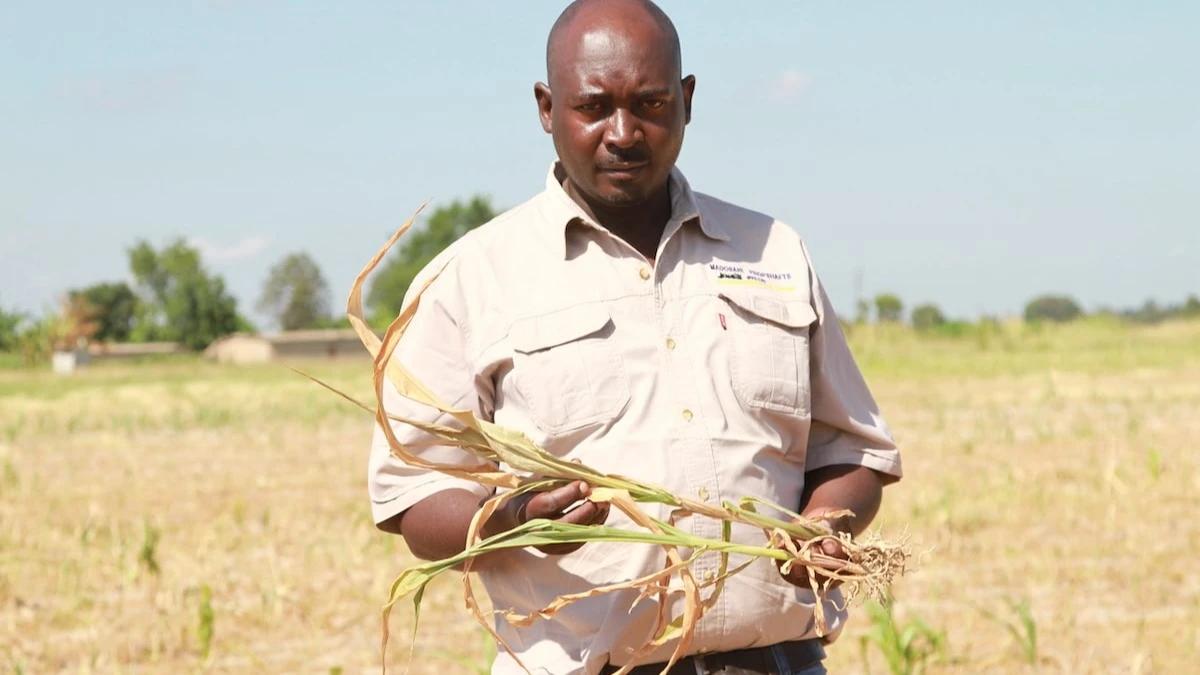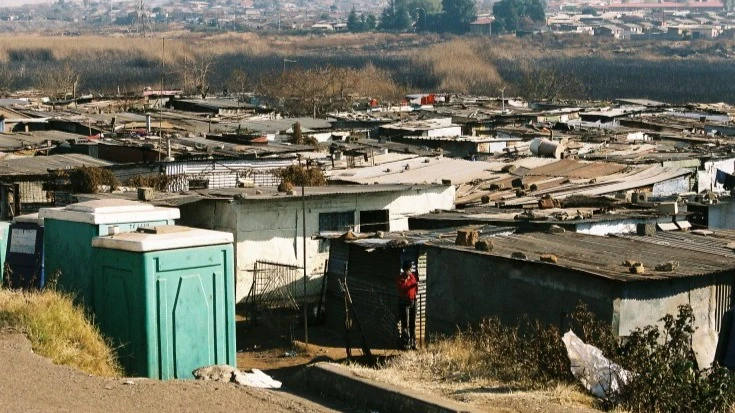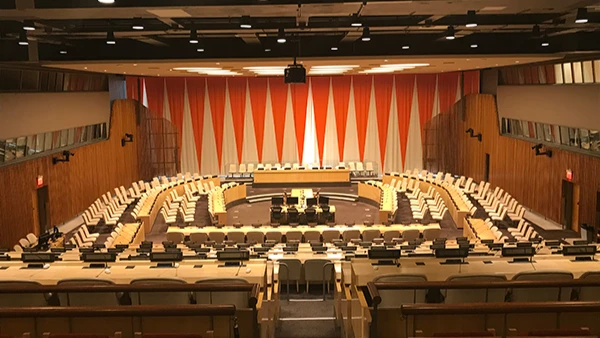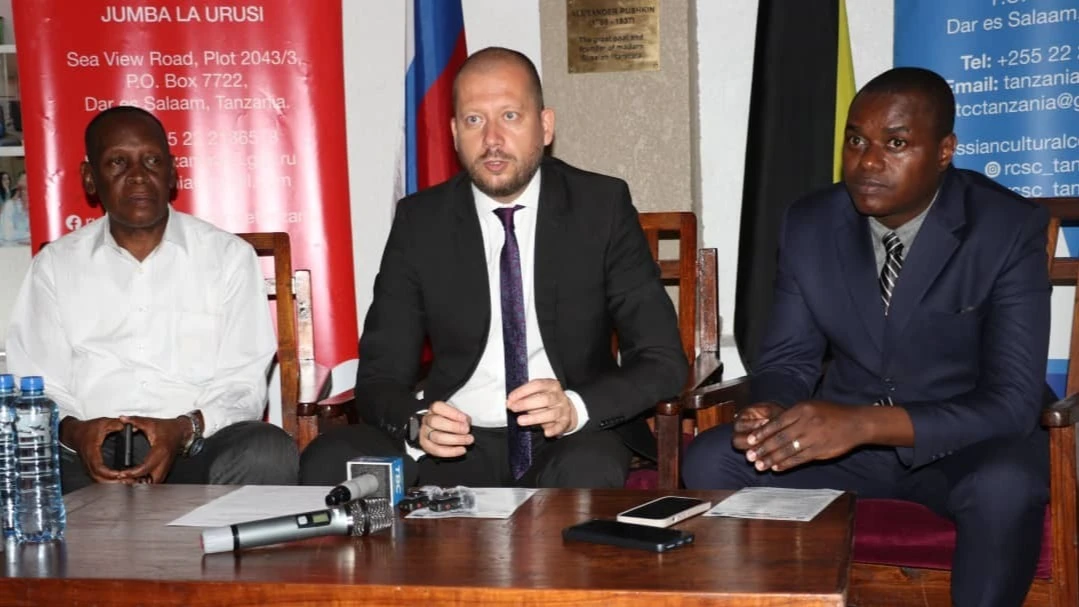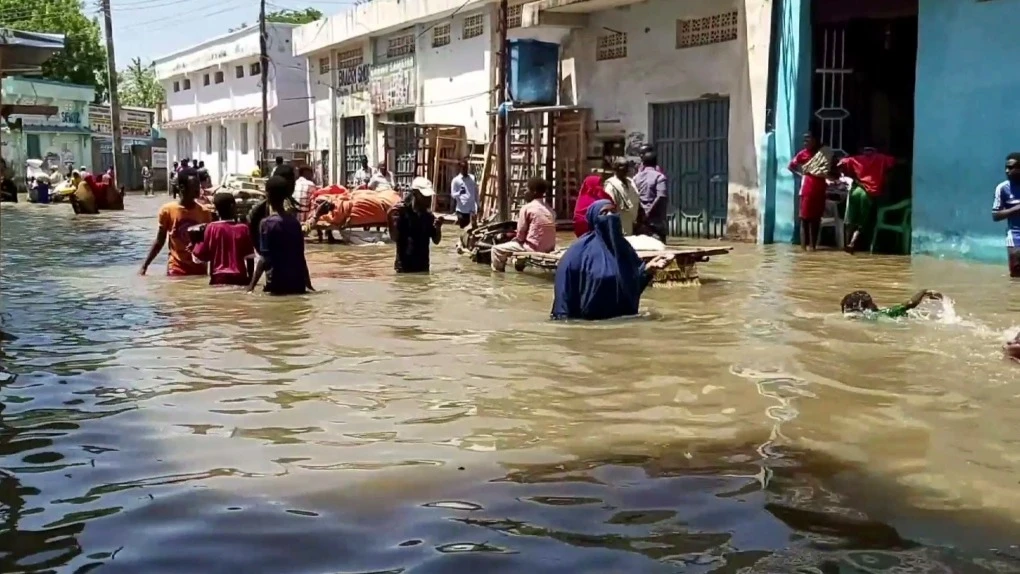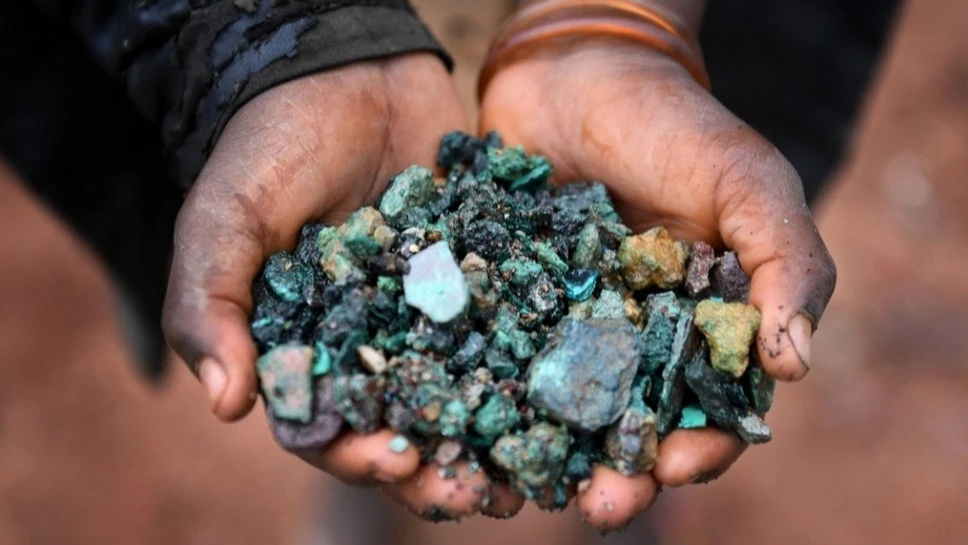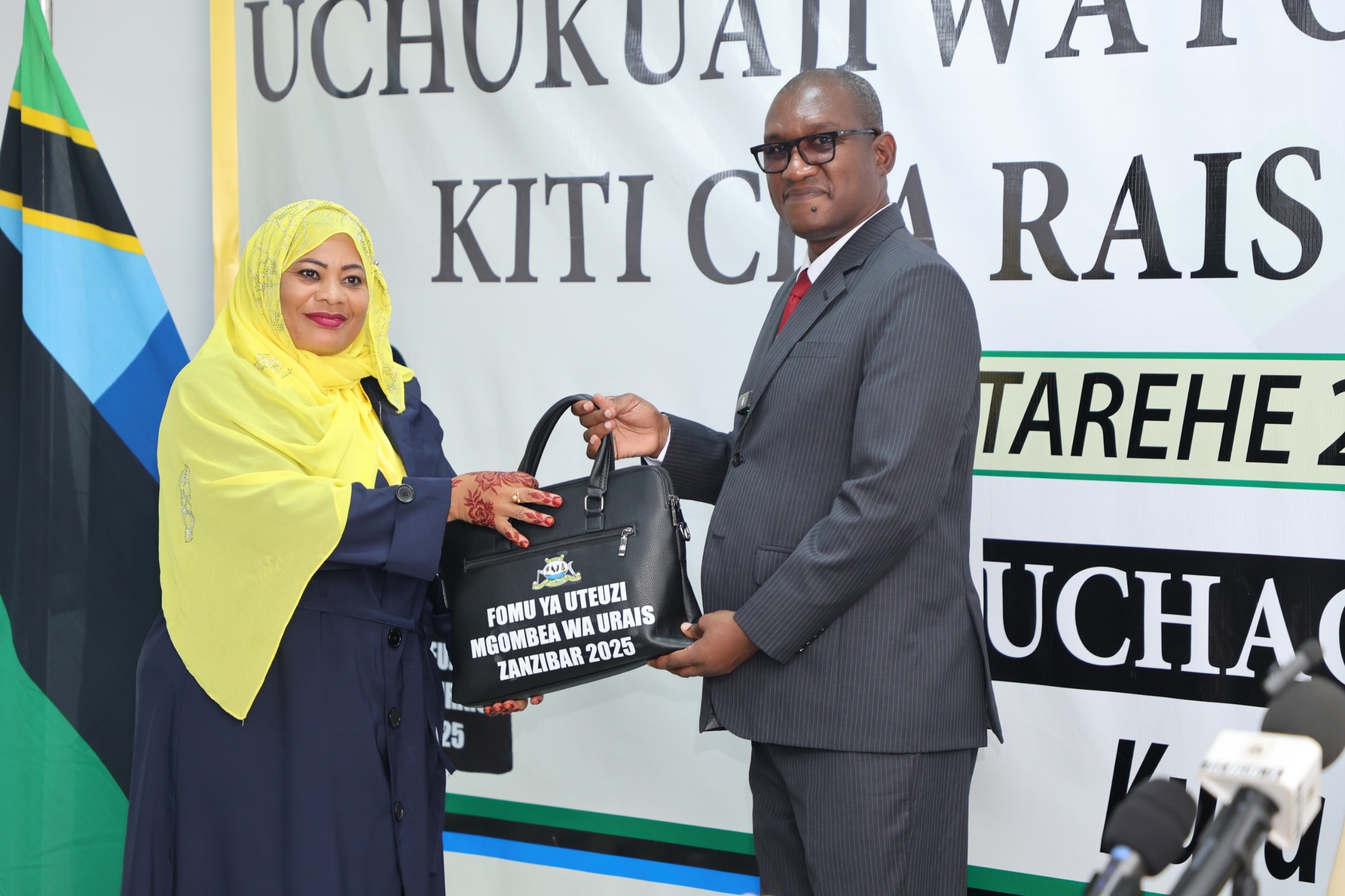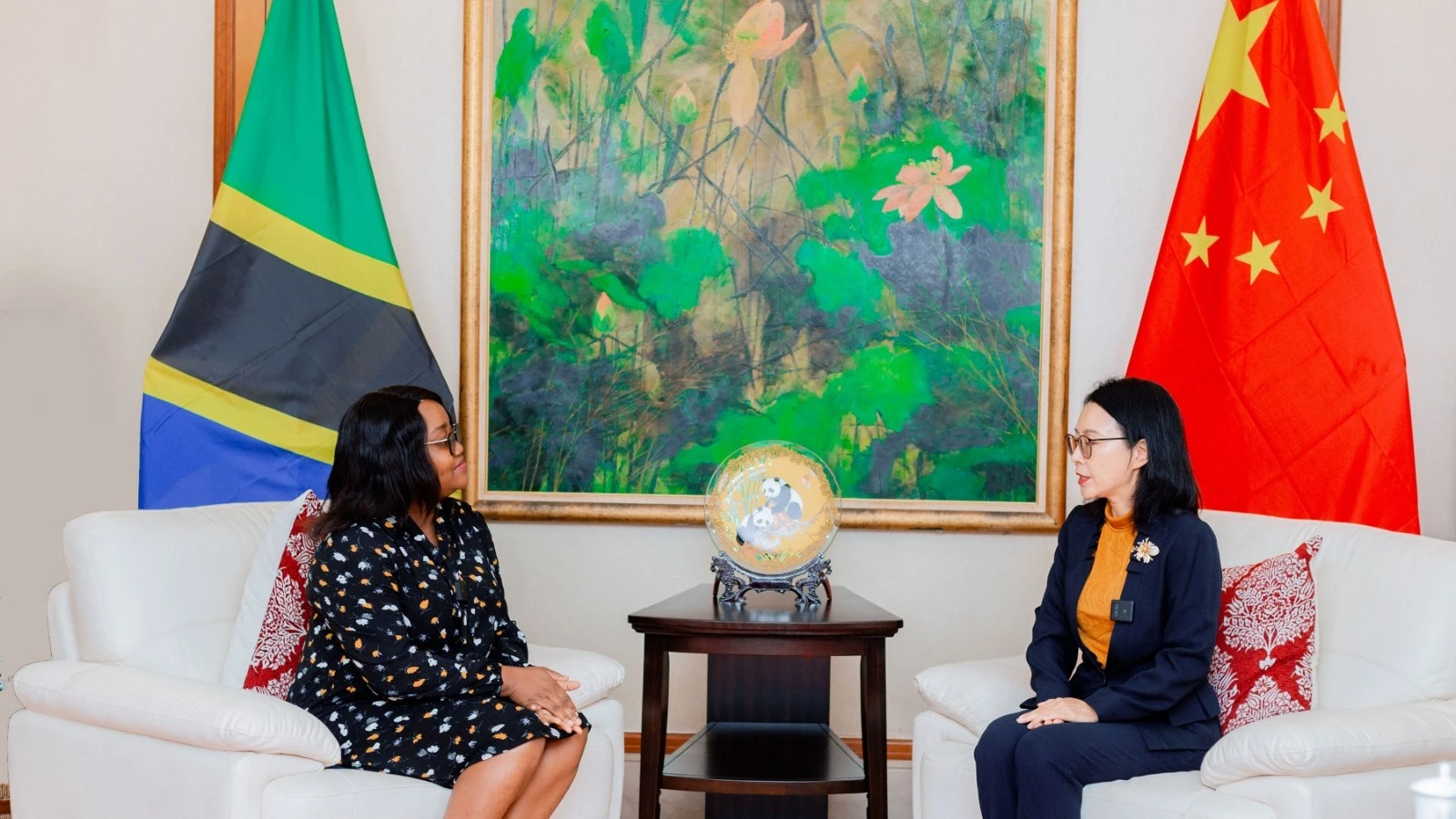How Tanzania stands to benefit from critical minerals
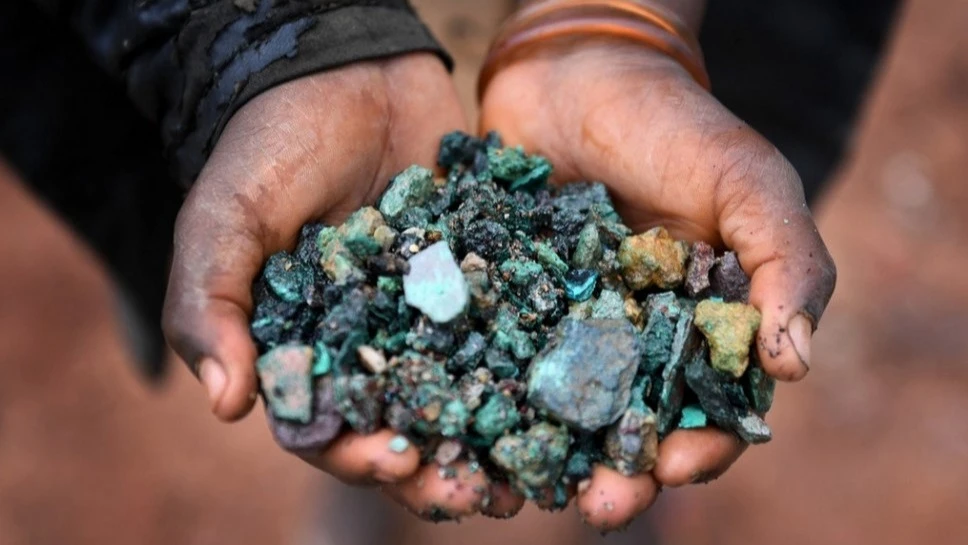
CRITICAL minerals play a vital role in energy applications. Graphite, nickel, cobalt, lithium, niobium, neodymium, praseodymium, vanadium, titanium, and tin - all of which are found in Tanzania, are in high demand specifically for clean energy technology, and other high-tech industry such as electronics, according to Geological Survey of Tanzania (GST), and Global Critical Minerals Outlook 2025 reports.
An open educational resource (OER) says a mineral is considered critical if 1) it is vital for critical industries like clean energy, digital technology, defence, and the broader economy, and 2) there are concerns about its future supply due to factors like resource scarcity, geopolitical issues, or disrupted supply chains.
Global Critical Minerals Outlook 2025 suggests that demand for critical minerals maintained robust growth in 2024, supported by robust energy technology deployment. In particular, between 2022 and 2024, lithium was in high demand, followed by graphite, nickel and cobalt.
However, according to the report, supply has expanded at a faster pace than demand, resulting in downward pressure on prices, especially for battery metals (lithium, nickel, cobalt, graphite and manganese).
Base and industrial metal prices saw a modest rebound in 2024 and have continued rising in 2025, thanks to improving industrial demand prospects and tightening supply dynamics. Selected base and industrial metals include aluminium, copper, zinc, tin and silver.
“Demand for key energy minerals continued growing in 2024. Lithium demand rose by nearly 30 per cent, sustaining the strong increase seen in 2023 and significantly exceeding the 10 per cent annual growth rate seen in the 2010s. Demand for nickel, cobalt, graphite and rare earth elements rose by 6-8 per cent in 2024. Copper also saw robust demand growth of around 3 per cent, outpacing the previous two years,” the report notes.
It points out that growth in demand continues to be driven by energy applications such as electric vehicles (EVs), energy storage, renewables and electricity networks.
“For copper, the rapid expansion of grid network investment in the People’s Republic of China was the single largest factor of demand growth over the two years. Despite a slowdown in EV deployment in some markets, energy technologies continued driving demand growth for major battery metals, contributing to some 65-90 per cent of total demand growth over the past two years.”
The global Critical Minerals Outlook 2025 report says the rapid expansion of mined output for battery metals, given their relatively small supply base, demonstrated the sector’s ability to bring new production online faster than traditional metals.
It explains that mining activity growth rates in the 2020s have been significantly higher than in the 2010s, driven by relatively shorter lead times and increased investments. The report suggests that China is by far the largest source of demand for key critical minerals (copper, lithium, nickel, cobalt, graphite, and rare earth elements), but Europe, the United States and Japan are also major consumers.
It says mineral diplomacy has become a crucial priority for securing the critical mineral supply chain, with countries forming partnerships focused specifically on critical mineral resources. “Canada, France, Germany, the United Kingdom and the United States have all concluded multiple mineral bilateral partnerships with a range of mineral-producing and mineral-consuming countries,” it says.
The report says the European Commission also has signed raw material partnerships with 14 countries and has recently launched “the Clean Trade and Investment Partnerships” to develop cleaner value chains, with negotiations with South Africa commencing in March 2025 laying emphasis on critical mineral supply chains.
Additionally, it says in the Middle East, this trend is exemplified by the international mineral partnerships of the United Arab Emirates, including with the Democratic Republic of Congo (DRC), Kenya and Zambia.
In this way, the report says, the increasing number of critical mineral partnerships reflects a growing recognition that securing mineral supply chains requires international coordination and collaboration between mineral producing countries, and mineral-consuming countries.
“These emerging international partnerships have the potential to shape trading relationships in the future, with companies choosing to follow government signals in their investment and sourcing decisions.”
In Africa, the report says, several nations have launched traceability initiatives, such as the Zambia Integrated Mining Information System (ZIMIS).
“These systems serve multiple purposes: they help prevent illegal mining and trading, enhance tax collection and allow governments to have more control over domestic mineral supplies. When carefully designed and implemented, traceability mechanisms have the potential to reduce supply chain disruptions and contribute to the development of sustainable and responsible mineral supply chains,” the report says.
Thus, the potential for traceability systems to contribute to sustainable and responsible mineral supply chains was highlighted in a recent report of the United Nations Secretary-General’s Panel on Critical Energy Transition Minerals, which calls for the development of a global traceability, transparency and accountability framework along the entire mineral value chain. With this in mind, Tanzania stands to benefit from critical minerals since it has a variety of mineral deposits, which are under exploration or mining.
Top Headlines
© 2025 IPPMEDIA.COM. ALL RIGHTS RESERVED




